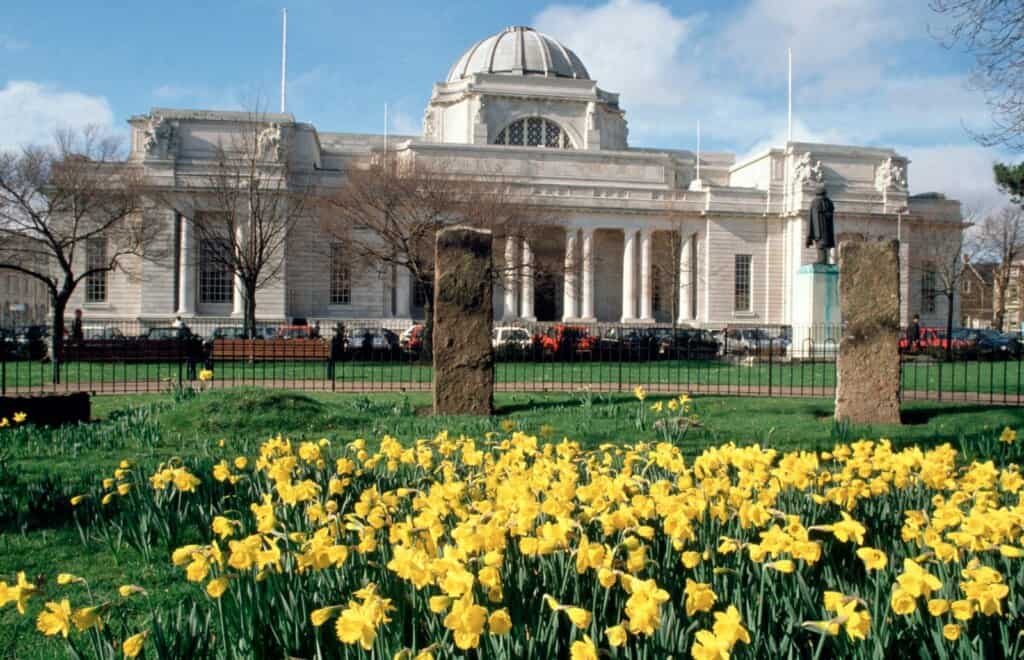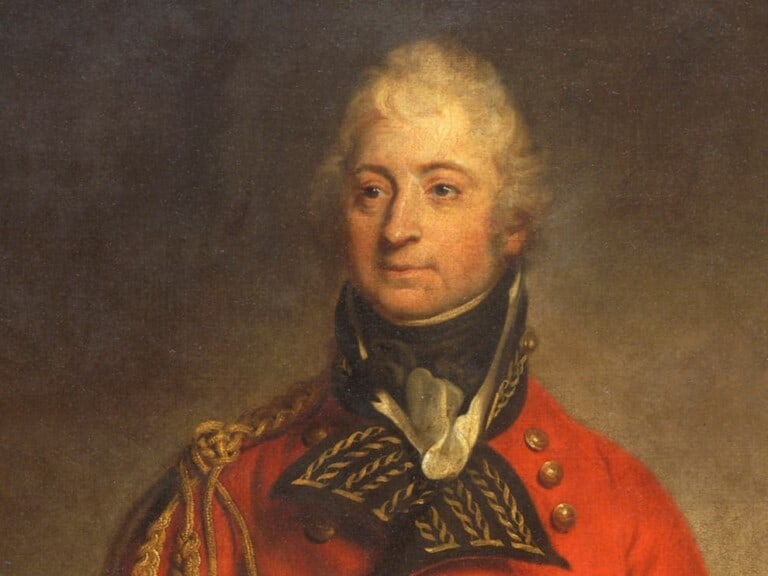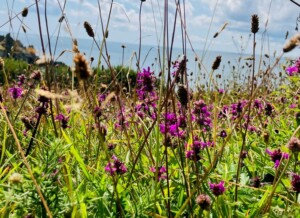Amgueddfa Cymru – National Museum Wales, an association that oversees a group of Welsh museums, has removed a portrait of slave owner Sir Thomas Picton from the National Museum Cardiff.
The portrait of Picton has been taken down from the Faces of Wales gallery at the National Museum Cardiff and will remain in the institution’s stores before being reinterpreted and redisplayed.
The project is part of a youth-led initiative called ‘Reframing Picton’, sponsored by Amgueddfa Cymru and run in collaboration with community partner, the Sub Sahara Advisory Panel (SSAP).
Picton, a Welsh officer of the British Army, has been celebrated as a public hero. However, during his governorship of Trinidad (1797-1803), he abused the slaves he owned.
Picton’s portrait reinterpreted
The slave owner‘s portrait will be replaced with ‘Hedger and Ditcher: Portrait of William Lloyd’, a portrait by Dutch artist Albert Houthuesen.
“This is another important step for Amgueddfa Cymru in examining our national collections and thinking about who we display in our Faces of Wales gallery and why,” said Kath Davies, director of collections and research at Amgueddfa Cymru.
“This project replaces one artwork – which assigns great importance to someone whose actions as Governor of Trinidad even at the time were seen as cruel – with a celebratory portrait of a worker – someone we could today consider to be a hero.”
Trinidadian and Tobagonian multi-disciplinary artist Gesiye and UK-based Laku Neg, a group of four members of Trinidadian heritage, will produce two new artworks to reinterpret Picton’s life and legacy.
‘Reframing Picton’ in Wales

“Looking ahead, Amgueddfa Cymru will be creating educational resources on the history and achievements of communities experiencing racial inequalities within our society,” Davies added.
“As we aim to build a Wales that is inclusive, built on the foundations of equality and one which focuses on community cohesion and appreciative of the different cultures that exist in our country, we need to celebrate those who are representative of the society we live in,” said Fadhili Maghiya, director of SSAP.
“Those individuals should be displayed in the Faces of Wales Gallery.”
Images: National Museum Wales















